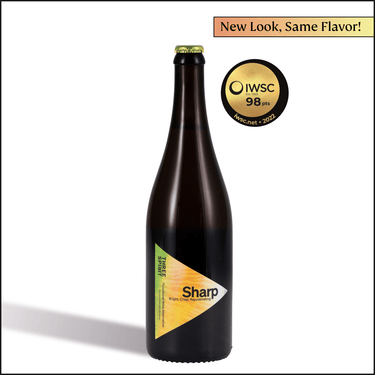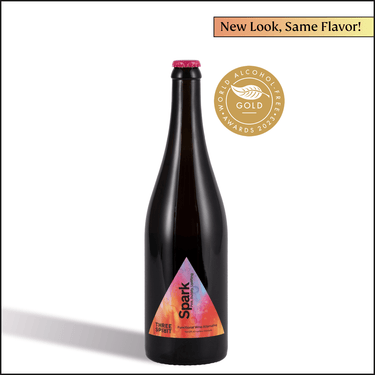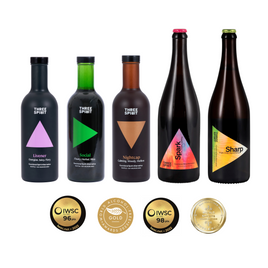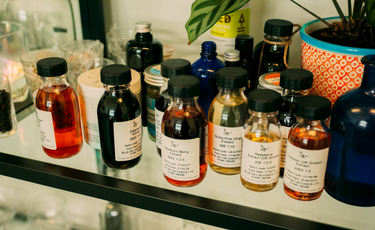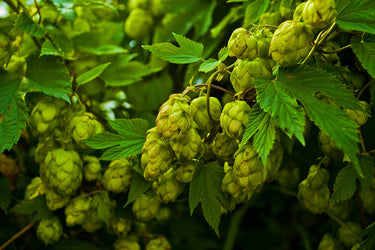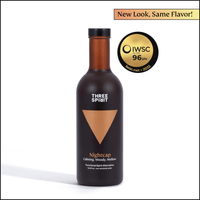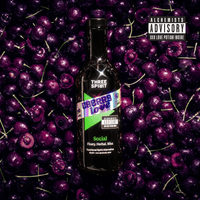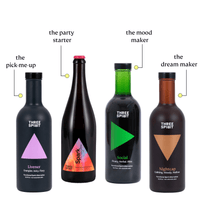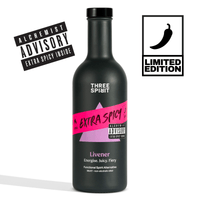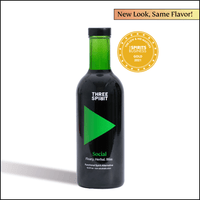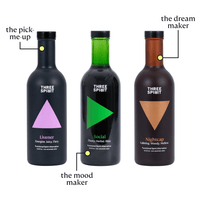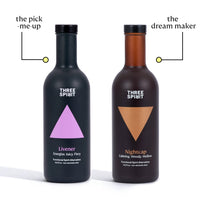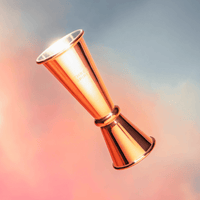In order to create the best product possible, we had to engage the minds of several experts in the different fields of production; looking at how the product was developed right from a microbiological level through to the final flavours. Here we pose some of the key questions we considered when making Blurred Vines to these experts themselves:
Dr Johnny Drain - fermentation expert

What role does fermentation play in the production process and why is it so important in the development of our non alc wine?
When we make 'normal' wine our yeast doesn't just ferment sugars into alcohol. They do oh so much more. They create bags of flavours and aromas that give wines their distinctive characters and make them much more than the sum of their relatively simple parts. For example, try mixing grape juice with vodka: Chateauneuf-du-Pape it is not, and that would be clear to (hopefully!) most people.
But we tend to not be that good at describing the stuff that's missing in most non-alc wines. The stuff that makes them, well, less satisfying than a proper glass: a bit of funk, a touch of must, or simply "winey-ness". What fermentation adds to wine, beyond just the alcohol, can be difficult to pinpoint, describe or define. But it's exactly what makes wine taste like wine!
With Blurred Vines, in wanting to create something as faithful to the experience of wine just without the booze we knew fermentation had to be in the mixer. The team brought me on to find a way of doing this without adding alcohol to the drink. I worked to source the perfect strain of yeast that would work with our fruits to create those subtle fermented notes. There's a touch of funk, a hint of must, and barrels of winey-ness. And it's in part down to our very clever fermentation!
Robin Honhold - drinks artist

What were we trying to achieve with flavour and how did we do?
Three Spirit as a brand produces products with depth of flavor and intensity that give you a feeling of satisfaction and occasion. This is incredibly important, ensuring those who choose our products don't feel they are missing out in some way in comparison to their peers.
Thousands of years of tradition go into the making of an alcoholic drink. So we set out to do the same. Building a product that can be drunk (alongside those with wine in their glass) with the feeling of savoring something truly special. Everything about the products - packaging, look, texture and of course flavour - need to deliver satisfaction and occasion.
From the bottom up we looked at all of the individual elements that are in a glass of wine - proteins, minerals, acids and many other minute ingredients swirling about. We sought out some of the very best teas on offer for fine fermented notes, and wonderful fresh juices from British currants for tannins, colour and acidity. Carefully putting them all together at the peak of their flavour means we are left with fresh, vibrant drinks without the need for any noticeable sweetness, drinks that you want to show to your friends and drink in company. All together this allowed us to create complex, inviting and satisfying drinks - drinks that you want to go back to over and over again.
Alex Hurley - chief winemaker at London Cru

What are the biggest difficulties when creating an NA wine and how did we try and get around that?
Normally when you take out the alcohol in the using the traditional method from a wine what’s left tastes, or it feels rather, like you've diluted the product; so it feels like you've added water to it or like you've taken a lot of the character of the product and because of this it’s not really representative of the wine you started with.
In this way the alcohol is actually a very important part of the wine in terms not only of the flavour but of the sensation too. The solution to this has typically been to add sugar as a substitute to the weight of the liquid that's removed when the alcohol is taken away, but then you run into the next problem which is you suddenly have a product that is incredibly sugary; think can of coke level sugars in a product that is meant to be as drinkable as a wine, but it’s an unsustainable and unpalatable alternative to be drinking those levels of sugar and carbohydrate.
So, the challenge for making the non alc product is this; when you take the alcohol out how do you maintain the integrity of the product and make a good non alc wine product? What we’ve found is that it is impossible to do this using just wine (as almost all standard non alc wines have attempted) so these products are coming in from a different angle by innovating the methodology and finding a new solution using different ingredients and flavour influences. Blurred Vines questioned: how do we create the interest, the body, the texture of wine by moving away from traditional practices and looking outside the box? We found new ways to do this with different ingredients not just by relying on wine while still removing the heart of it; we found something to fill that space at the core of the product.


